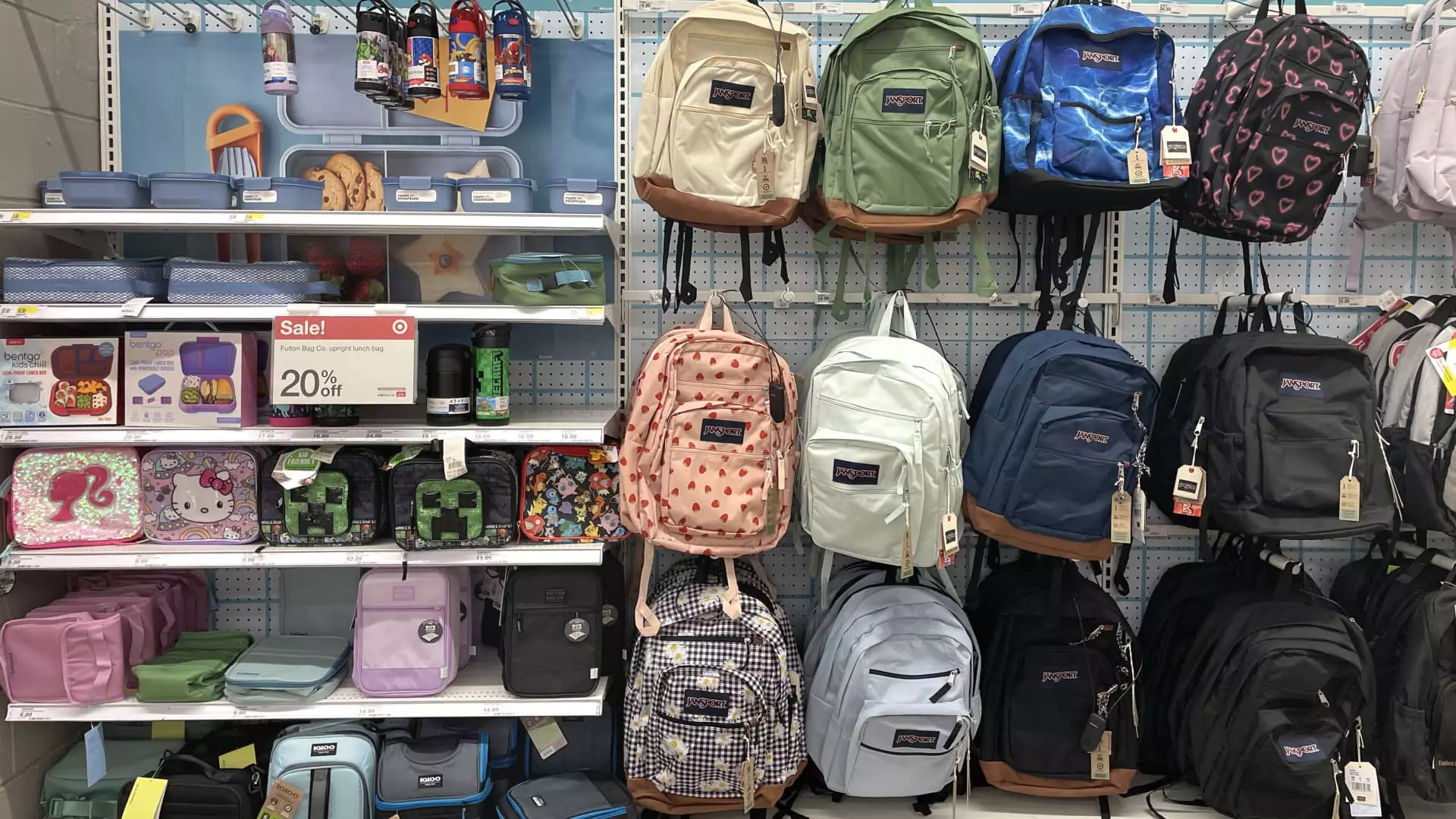In a startling turn of events, a recent survey by PwC reveals an unexpected resilience among parents when it comes to back-to-school spending. Despite the ongoing economic tumult marked by escalating inflation and geopolitical uncertainties, parents are reportedly planning to dig deeper into their pockets this year. According to the survey of nearly 2,000 caregivers, an astonishing 75% expect to maintain or even increase their back-to-school budgets in 2024. These figures send a powerful message about the value parents place on education, even in the face of economic challenges.
What’s most striking is the sheer determination reflected in these statistics. Over one-third of parents indicated they would spend more than they did the previous year. The logic behind this spending spree, as articulated by Kelly Pedersen, PwC’s U.S. retail leader, is nearly irrefutable: back-to-school essentials are non-negotiable. Whether it’s specific textbooks, school supplies, or technology necessary for modern education, the familial commitment to investing in a child’s future outweighs external economic pressures. This shows that for many families, education remains a top priority, and the financial strain, for now, is an acceptable trade-off.
Strategic Spending in Uncertain Times
The implications of this consumer behavior extend beyond individual households. They highlight a nuanced response to economic instability. While consumer confidence saw a modest uptick in recent months, spending levels did not mirror this optimism. This contradiction underscores a broader experiential truth: even when optimism exists, practical realities often govern individual choices. As tariffs loom like a specter over retail prices, many families find themselves caught in a tension between necessity and price.
Retail giants like Walmart and Target have confirmed that price hikes are imminent, triggering apprehension among parents. There’s a clear sense of alarm regarding trade tariffs, a situation exacerbated by the Trump administration’s unpredictability on this front. Yet, the essential nature of back-to-school items often insulates them from drastic spending cuts. Parents remain willing to absorb these costs, especially when they recognize the long-term benefits of investing in education. It seems clear that in today’s climate, the psychology of the consumer is evolving; parents are becoming more adept at strategic financial planning, focusing heavily on value while still engaging in necessary expenditures.
The Shift Towards Discount Retailers and Technological Adaptation
Interestingly, those families starting to tighten their belts are opting to redirect their spending towards discount retailers. The survey indicated a significant shift in consumer behavior; frugality is becoming fashionable, especially among families looking to balance their budgets while still catering to educational necessities. For many parents, saving money through discount shopping and reusing items from previous years is not just a trend—it’s becoming a way of life.
Moreover, technology is playing an undeniable role in shaping how parents manage their back-to-school spending. The survey revealed that nearly 20% of shoppers plan to utilize artificial intelligence tools to scour for online deals, a stark contrast to previous years when in-person shopping was the norm. These technological innovations are reshaping the retail landscape and empowering consumers with avenues to make more informed spending decisions.
Interestingly, Gen Z parents are further revolutionizing shopping dynamics by readily embracing brick-and-mortar stores. This enthusiasm demonstrates a generational shift in consumer habits, suggesting that even younger parents, while digitally savvy, still value the tactile experience of shopping in physical stores. This hybrid approach might pave the way for a robust revival of local retail spaces, showcasing how necessity breeds not just resilience, but innovation.
In summation, the back-to-school shopping landscape this year serves as a unique lens through which we can analyze broader consumer trends. While the macroeconomic environment may be rife with challenges, family spending priorities reveal an underlying narrative of determination, innovation, and resilience. The back-to-school season is not just about supplies—it’s a statement about the lengths families will go to ensure their children are equipped for educational success, regardless of the financial hurdles they face.

